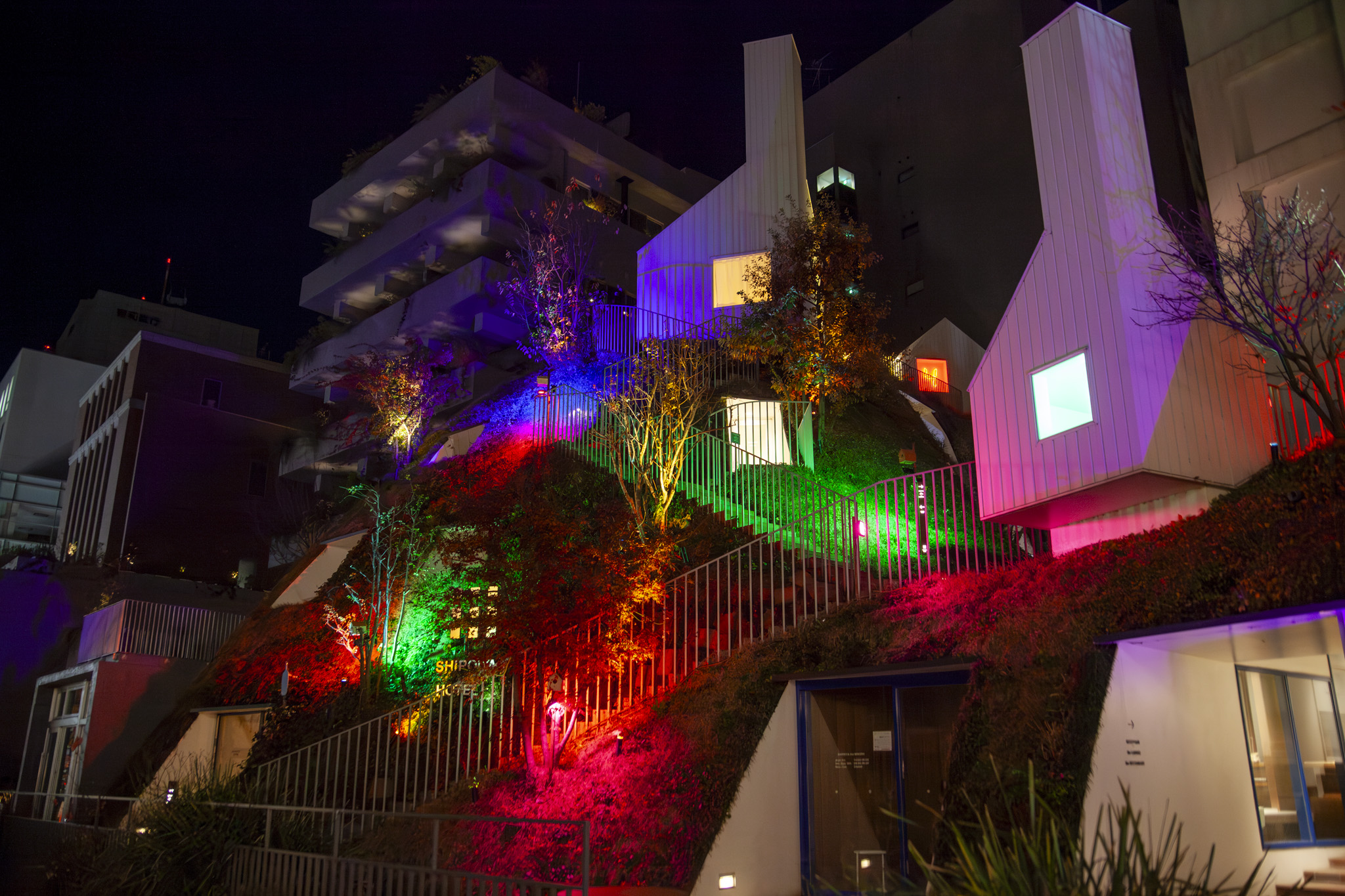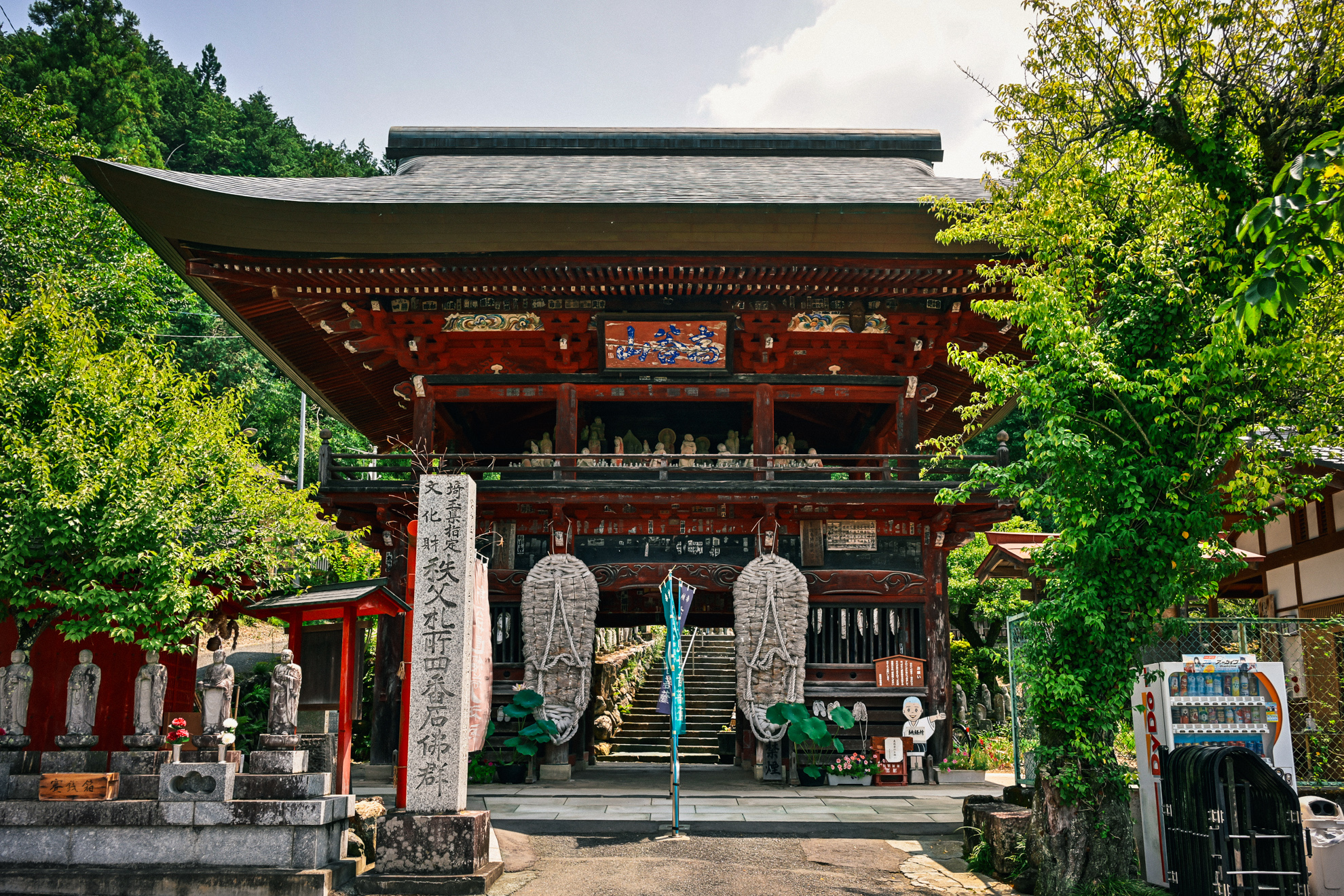Tranquility and Tradition The Hidden Gems of Fukushima
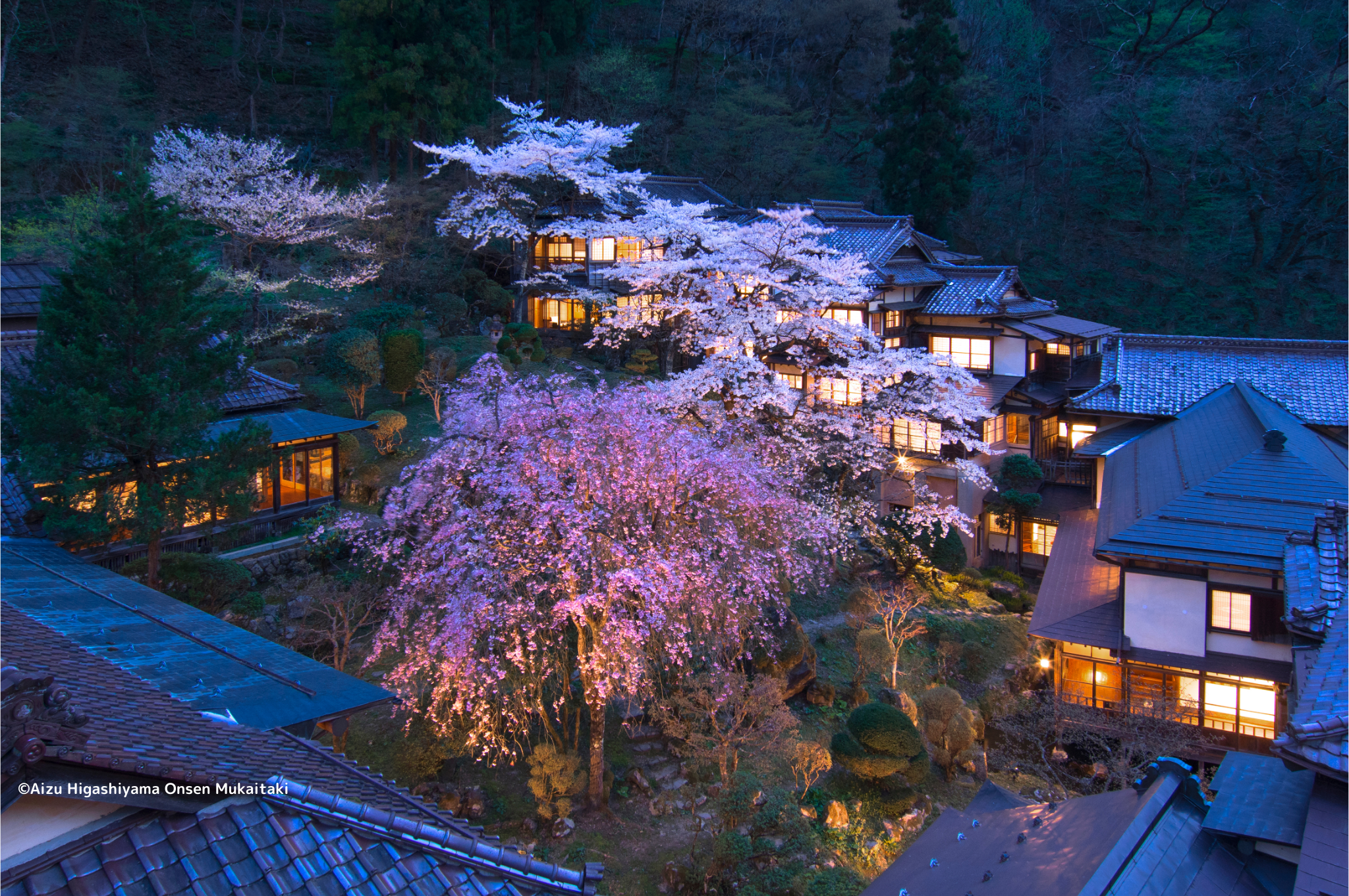

Fukushima is the kind of place that sneaks up on you. The first time I hopped on a Shinkansen bullet train and visited this Tohoku prefecture just north of Tokyo, I was simply curious about what Fukushima had to offer. Before I knew it, I had fallen in love with it: the fertile agricultural fields framed by rugged mountains, the kindhearted people who offered their sincerest hospitality, and the proud cultural heritage rooted deep in its samurai history. Many first-time visitors come to Fukushima unsure of what to expect from it but leave, often reluctantly, with a new-found respect for its beauty, people, and culture.
Tatami Village - Fukushima's Over 280-year-old Connection to Tatami
You might be surprised at where the depth of Fukushima’s culture shows up. Sukagawa is probably best known internationally by well-informed fans of Japanese sci-fi as the hometown of the creator of Ultraman, Eiji Tsuburaya. However, Sukagawa has deeper roots in Japanese cultural history than just the pop culture history of Ultraman.
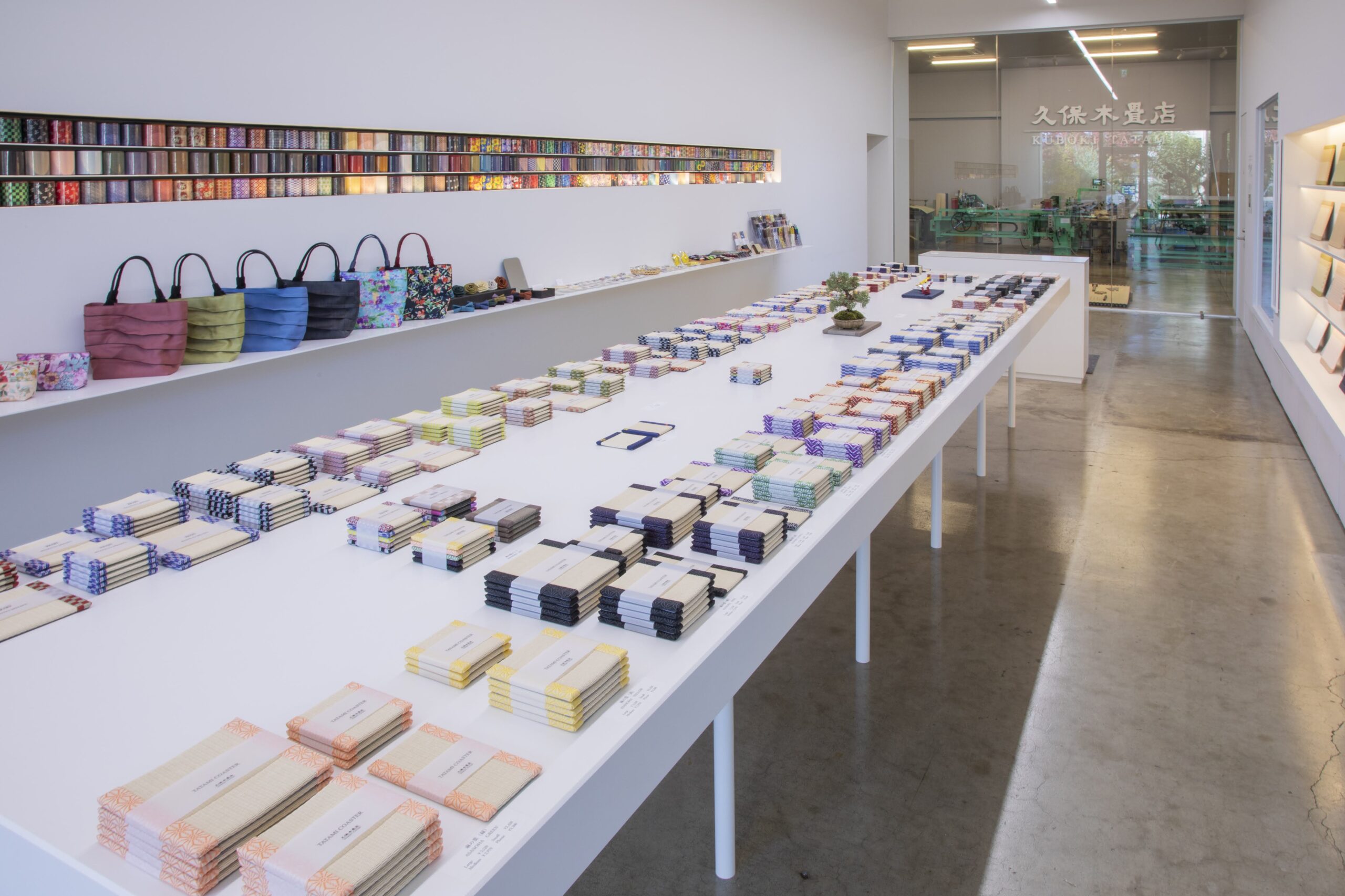
©KUBOKI TATAMI
Tatami Village is a modern facility that showcases tatami, the woven grass mats that have been used as flooring material for centuries. The sleek design of the facility, which includes a shop, workshop area, and cafe, belies the fact that Kuboki Tatami has been in business here in Sukagawa for over 280 years. The recently renovated building includes its factory floor, a fashionable shop, and a space where visitors can enjoy tatami as an interior design element.
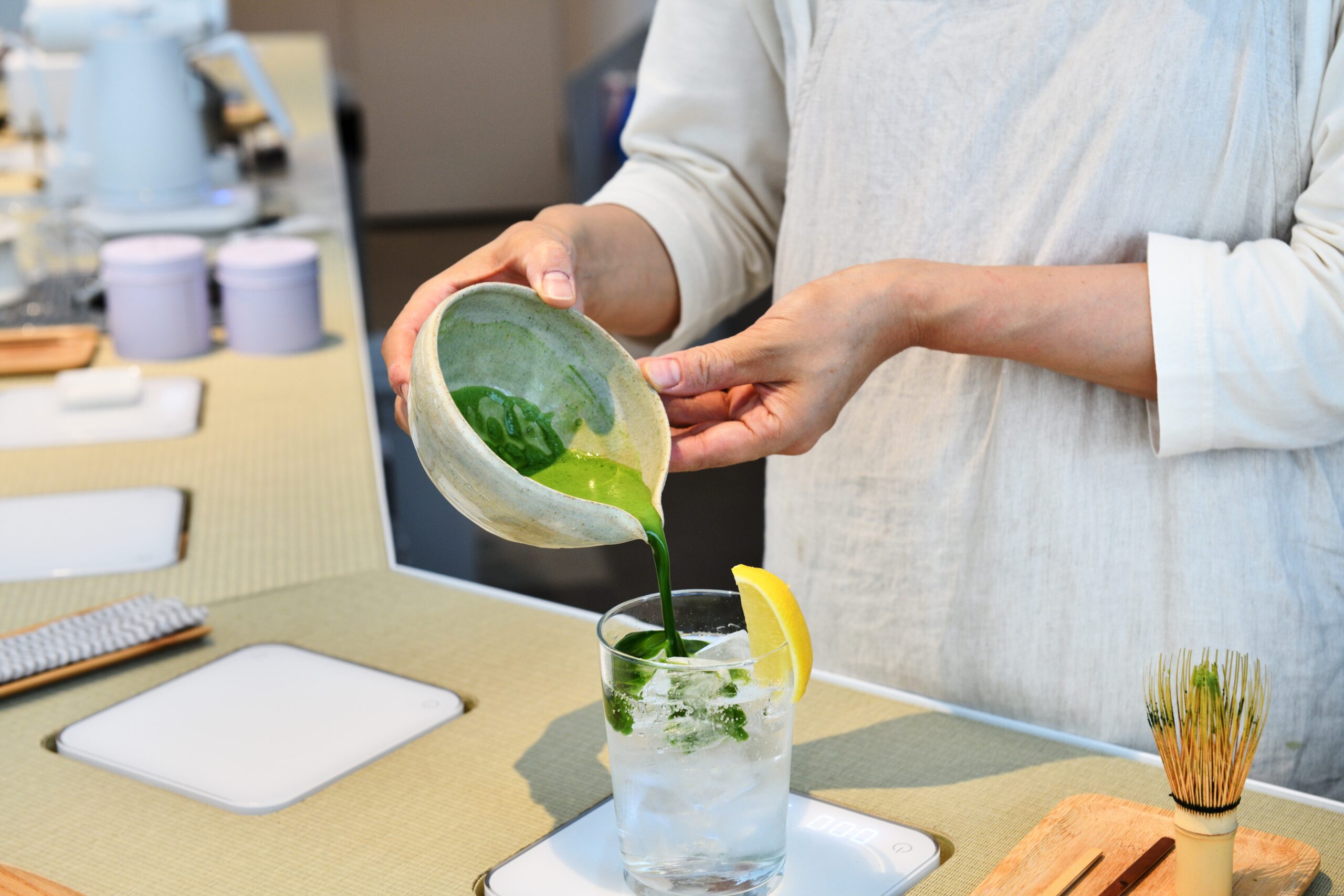
©KUBOKI TATAMI
In both modern Japanese homes and houses in other countries, it can be difficult for people to enjoy the feel and aroma of authentic tatami, so Kuboki Tatami created Tatami Village as a space for people to experience it. In the workshop area, visitors can make tatami accessories, such as coasters, perfect for those who enjoy traditional Japanese style. The cafe has been designed to showcase modern tatami designs, including tatami tabletops and asymmetrically cut tatami mats used in the bench seats.
Fumio Kuboki, who has spearheaded Kuboki Tatami’s expansion into overseas markets, wants to secure the future of tatami made in Fukushima by introducing the beauty and benefits of tatami to a global audience. Many visitors to Tatami Village are overseas travelers curious about how to bring this little treasure of Japanese culture home with them and implement it into their lives.
It certainly hasn’t been easy to sustain a business for nearly three centuries, but Mr. Kuboki is looking ahead to navigate the future of his company for the coming century. Tatami Village, with its experiential approach to teaching people the history and tradition behind tatami, is one way the company hopes to secure the future of this Japanese craft.
Nisshinkan - Study Aizu Culture at a Former Samurai School
Deep in Fukushima’s rugged mountains, the castle town of Aizuwakamatsu stoically defended Japan’s samurai culture to the bitter end. After the abolishment of the Shogunate government of the samurai era, a civil war broke out in Japan for about a year and a half, known as the Boshin War. While the pro-Shogunate samurai eventually fell, their forces made one of their last stands in Aizuwakamatsu’s Tsuruga Castle.

So, it is no surprise that samurai culture is still revered and preserved here in Aizuwakamatsu. Many of the town’s historic locations are related to its feudal history, including the Aizu Clan Nisshinkan School, which educated the children of Aizu’s high-ranking samurai in both literary and martial arts.
The training was strict and rigorous and reinforced the ideals of the time: bravery, defending the weak, and subordination to elders. The commitment to these values was so complete that it led to one of the Boshin War’s greatest tragedies, the mass suicide of 19 teenage samurai who chose a “noble death” over an unwinnable battle with an enemy that would end in humiliation.
Although samurai values are no longer taught at Nisshinkan as they were in the past, the school still welcomes visitors who wish to experience a sample of what life could have been like here during the 19th century. Bushido-related activities, such as Zen meditation and tea ceremony are offered here (reservations required). You can also learn kyudo (archery), or, for those with artistic inclinations, Nisshikan offers a traditional craft-making experience as well, such as painting the Akabeko (red cow) or Okiagari Koboshi doll, both symbols of fortune in the region.
Ryokan Mukaitaki - Live Like a Lord at a Luxurious Japanese Inn
A more luxurious form of Aizuwakamatsu’s samurai history is on display at the regal Ryokan Mukaitaki. This sprawling traditional Japanese inn was formerly a retreat for samurai lords of Aizu. Interconnected buildings surround a stunning Japanese garden on three sides, with the mountain itself forming the “fourth wall.” The garden provides a tranquil four-season view as you wander the ryokan’s halls to and from its multiple onsen baths or from the sitting room windows of many of the ryokan’s traditional-style rooms.

©Aizu Higashiyama Onsen Mukaitaki
The building is a National Cultural Asset, which virtually guarantees that it will remain architecturally the same as when it was first constructed. Each of the rooms is unique, and the decor throughout harkens back to the days when the Aizu lords would come to enjoy a few days of relaxation.
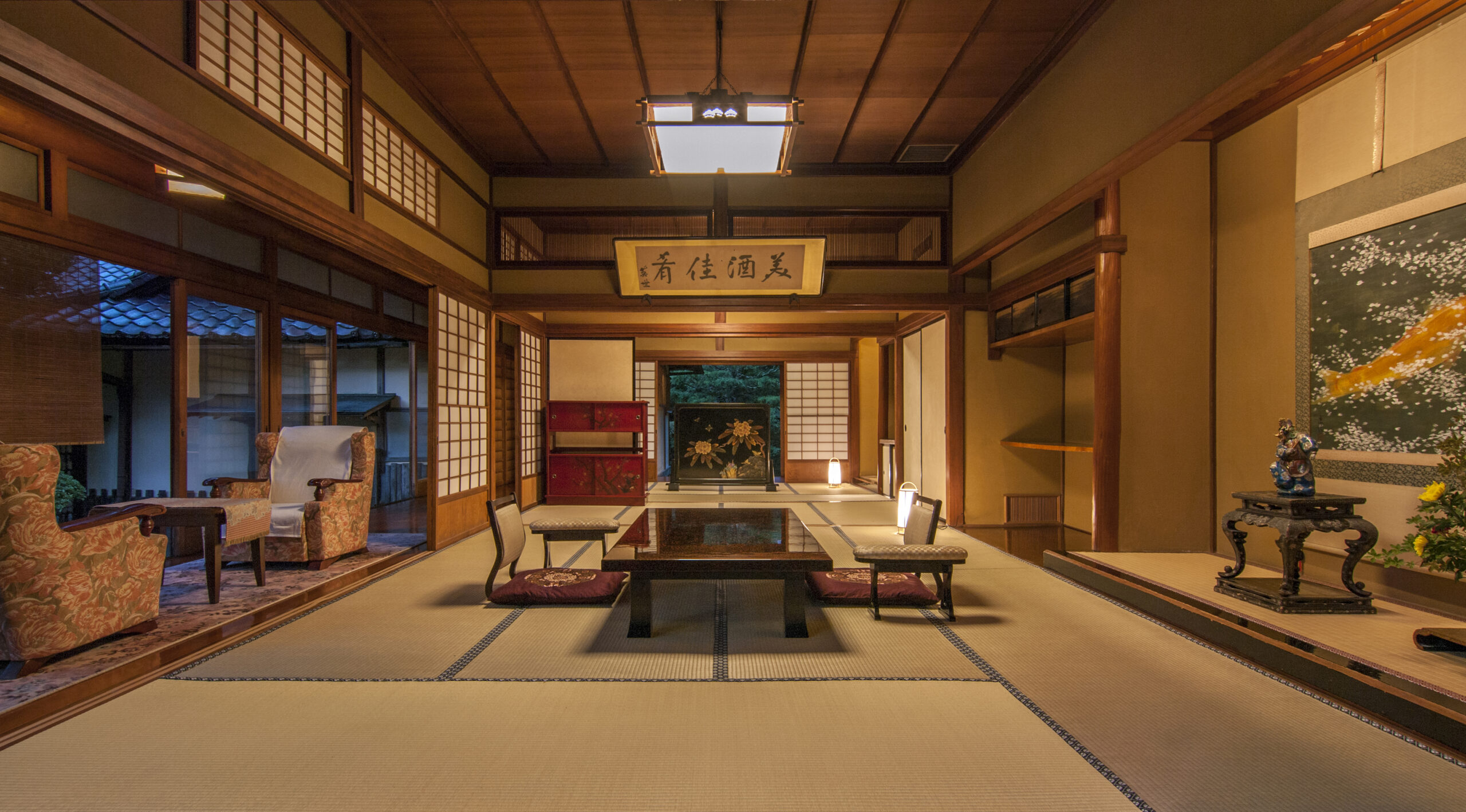
©Aizu Higashiyama Onsen Mukaitaki
Aizu Sazaedo - A Temple With a Twist
Although not directly related to Aizu’s samurai history, the 18th-century Sazaedo Temple is a must-visit attraction as a unique piece of architecture in Japan—and the world.
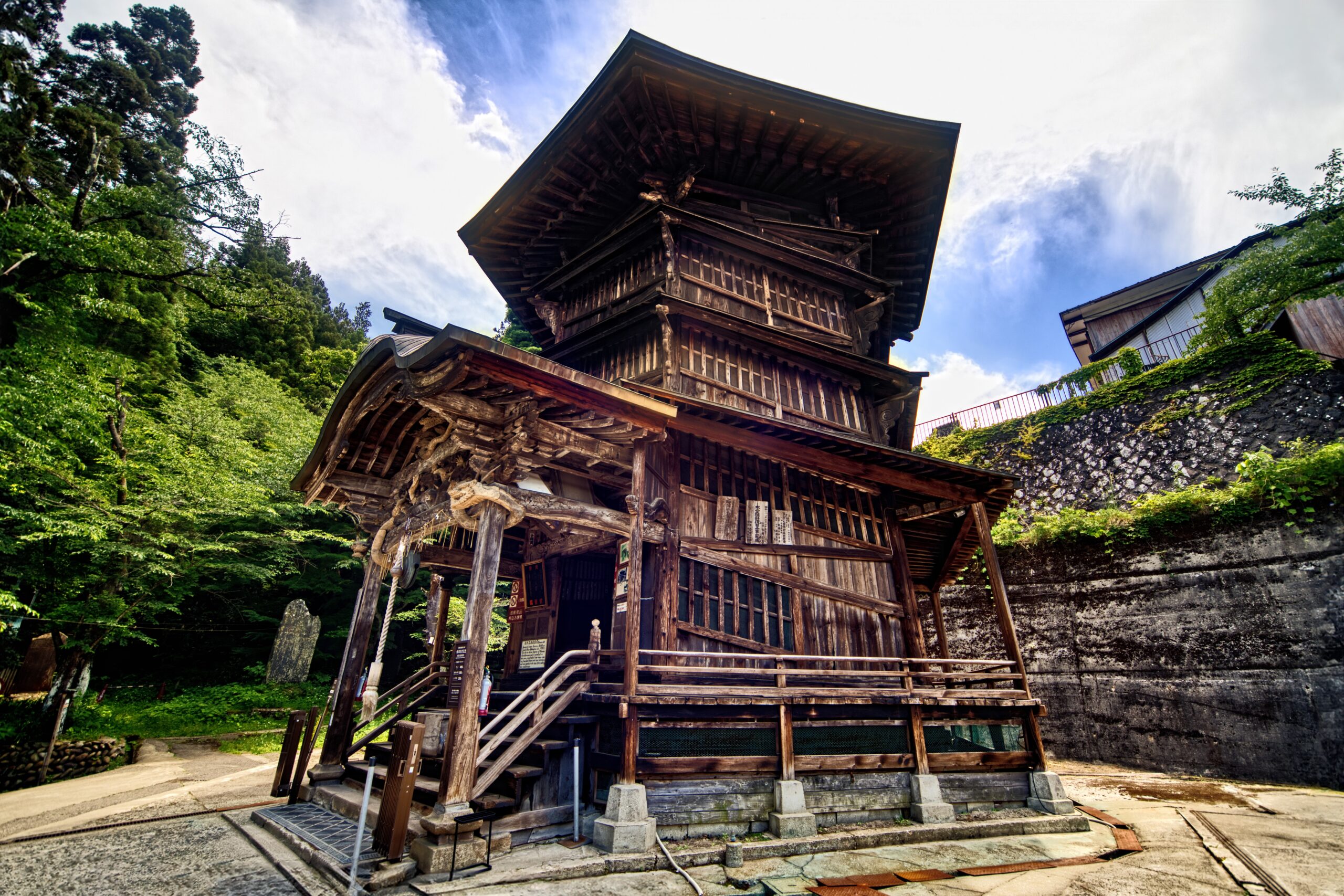
After climbing the long flight of stairs to reach the temple grounds, you’ll immediately notice something unusual about the temple structure, although it may be challenging to put a finger on it. It’s perfectly straight and immaculately constructed, but it seems asymmetrical.
The reason behind this optical illusion is that Sazaedo is constructed as a double helix; you ascend and descend the temple without reversing your direction. Although there are other double-helix designed buildings in Japan, Sazaedo is entirely made from wood and has miraculously avoided destruction from natural disasters since its construction in 1796. The unusual construction allowed pilgrims to pray at each of the 33 Buddhist Kannon statues once housed in the temple without being disturbed by other pilgrims coming and going. Evidence of the popularity of Sazaedo are all over the walls; thousands of paper labels plastering the inside of the temple are ancient markers left by pilgrims as proof of their visit.
 ©Iimorihonten Inc.
©Iimorihonten Inc.
Considering the temple was built before the perfection of many modern building techniques and tools, Sazaedo is a wonder of Japan’s Edo Period. The fact that the building was constructed from natural materials following hand drawn instructions and built to last over two centuries proves that the building is a marvel of engineering.
Use JR EAST Train Lines to Visit and Sightsee in Fukushima
Fukushima is an easy train ride from Tokyo by Shinkansen, and the JR EAST PASS (Tohoku Area) is a fantastic way to take advantage of a discount pass that can be purchased by holders of non-Japanese passports, including foreign residents of Japan. The JR EAST PASS (Tohoku area) allows unlimited rides for five consecutive days on JR East trains, including Shinkansen and limited express trains within the area, Tokyo Monorail trains serving Haneda Airport, and some buses in the Tohoku area. Imagine how much of Fukushima and the surrounding area you’ll be able to explore.
JR EAST also offers a couple of relaxing sightseeing trains in Fukushima to enjoy. The Aizu Satono connects Koriyama City along the Tohoku Shinkansen with Kitakata Station. The Aizu Satono features reserved seating, customized interiors, and large windows from which you can enjoy the view. Enjoy a bento box meal of local specialties as you enjoy the beauty of Fukushima, from the plains into the mountains.
© East Japan Railway Company
For a completely different experience, the SL Banetsu Monogatari is a restored steam locomotive train traversing the rugged mountains between Aizuwakamatsu and Niigata Prefecture’s Niitsu Station. The nostalgic train features retro Taisho Era interiors of the early 20th century, play areas for young children, and an observation car where you can use a functional mailbox to send postcards while onboard the train.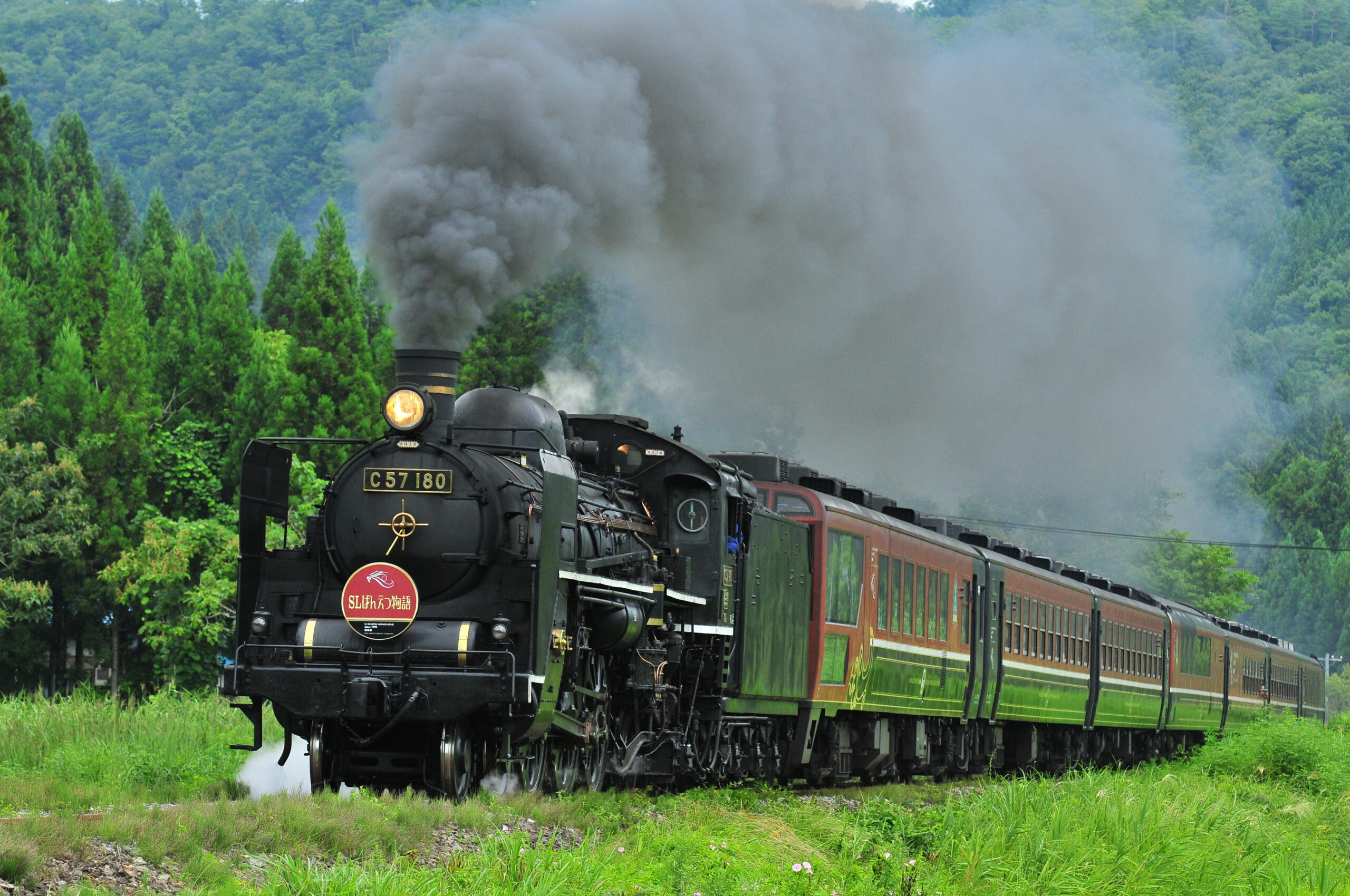
© East Japan Railway Company
Both of these sightseeing trains operate on a limited schedule, so be sure to check the website for detailed information.
It’s impossible to impress the depth of Fukushima’s peaceful atmosphere and traditional culture in such a brief article, but I hope that the few things I have shared will inspire you to make your own journey to Fukushima. Spend a few days here, and Fukushima will keep enticing you to stay a bit longer and explore a bit further. If you fall in love with Fukushima as I did, don’t say I didn’t warn you.

